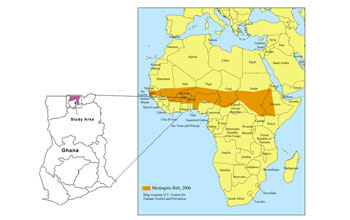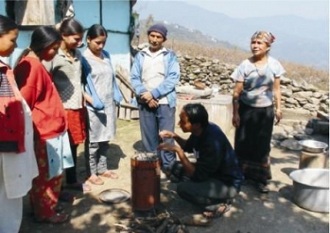Indoor Air. 2013 Jan 11. doi: 10.1111/ina.12027.
Chimney stoves modestly improved indoor air quality measurements compared with traditional open fire stoves: results from a small-scale intervention study in rural Peru.
Hartinger SM, Commodore AA, Hattendorf J, Lanata CF, Gil AI, Verastegui H, Aguilar-Villalobos M, Mäusezahl D, Naeher LP.
Instituto de Investigación Nutricional, Av. La Molina, 1885, Lima 12, Perú; Swiss Tropical and Public Health Institute, P.O. Box, CH-4002, Basel, Switzerland; University of Basel, Petersplatz 1, CH-4003, Basel, Switzerland.
Abstract
Nearly half of the world’s population depends on biomass fuels to meet domestic energy needs, producing high levels of pollutants responsible for substantial morbidity and mortality. We compare carbon monoxide (CO) and particulate matter (PM(2.5) ) exposures and kitchen concentrations in households with study promoted intervention (OPTIMA-improved) stoves and control stoves in San Marcos Province, Cajamarca Region, Peru.
We determined 48hr indoor air concentration levels of CO and PM(2.5) in 93 kitchen environments and personal exposure, after OPTIMA-improved stoves had been installed for an average of seven months. PM(2.5) and CO measurements did not differ significantly between OPTIMA-improved stoves and control stoves. Although not statistically significant, a post-hoc stratification of OPTIMA-improved stoves by level of performance revealed mean PM(2.5) and CO levels of fully functional OPTIMA-improved stoves were 28% lower (n=20, PM(2.5,) 136μg/m(3) 95%CI 54-217) and 45% lower (n=25, CO, 3.2ppm, 95%CI 1.5-4.9) in the kitchen environment compared to the control stoves (n=34, PM(2.5) , 189μg/m(3) , 95%CI 116-261; n=44, CO, 5.8ppm, 95%CI 3.3-8-2).
Likewise, although not statistically significant, personal exposures for OPTIMA-improved stoves were 43% and 167% lower for PM(2.5) (n=23) and CO (n=25) respectively. Stove maintenance and functionality level are factors worthy of consideration for future evaluations of stove interventions.





